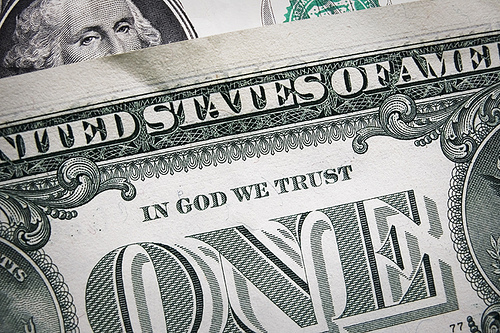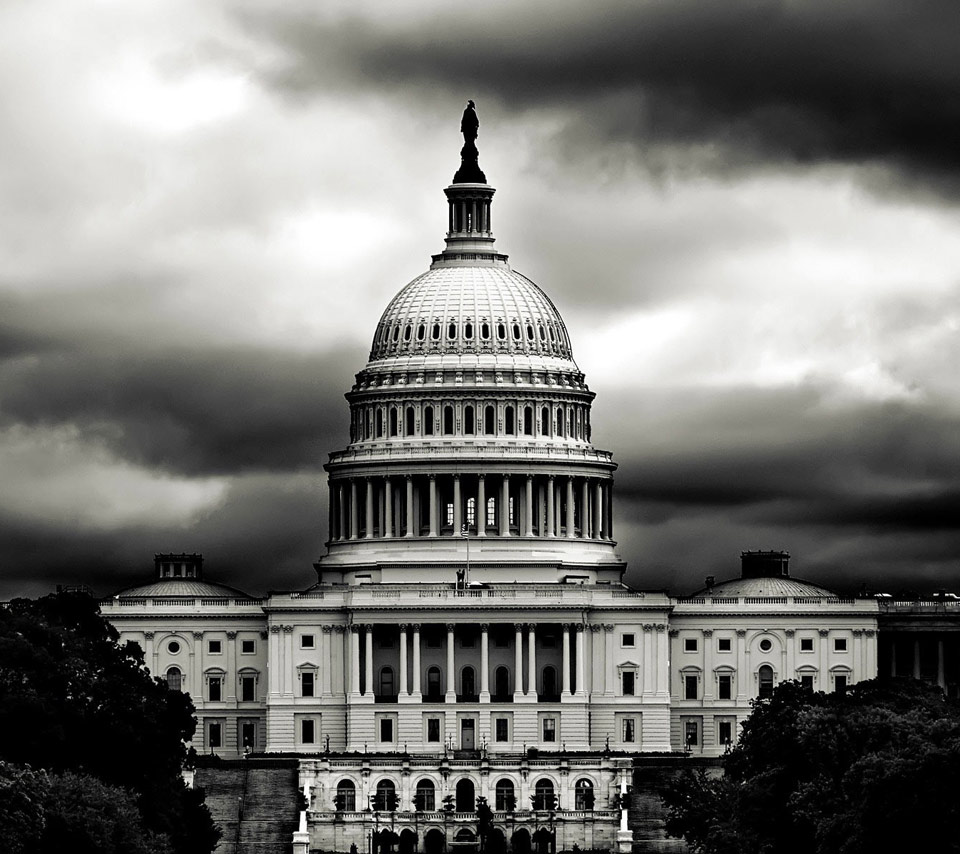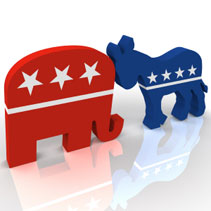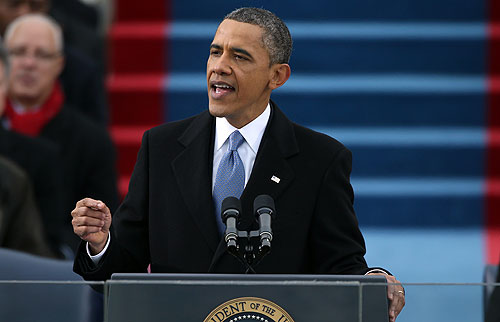This essay, authored by Cade Baxter ’16, appeared in the Fall 2013 Print Issue.
This fall, America came within hours of hitting its debt limit, which would have resulted in an unprecedented default on American debt service payments. It is unclear what the specific repercussions of a default would be, but they would undoubtedly threaten the fragile recovery from the Great Recession. Regardless, the possibility of default only exists due to the political brinkmanship that has become the norm in Washington. In the past few years Congress, and the Republican Party in particular, has resorted to using the debt ceiling as merely another bargaining chip for advancing partisan policy goals. Desperate, last-minute negotiations cannot become a prerequisite for raising the debt ceiling or the United States could lose its position as the world’s economic anchor. Fortunately, the government can reverse the transformation of what was previously a formality of fiscal policy into a weapon of economic mass destruction.
A legislative limit on the federal debt has existed since the Second Liberty Bond Act was passed in 1917. The Government Accountability Office defines the debt limit not as the ability to control deficits or incur debt, but as a “limit on the ability to pay obligations already incurred.” Since then, Congress has never failed to raise the debt ceiling; between 1960 and 2011, there were a total of seventy-eight debt ceiling increases. Many of the increases passed on party lines, but none of them possessed the sort of political vitriol that first appeared during the 2011 debt ceiling debate. Indeed, none came with the preconditions regarding spending cuts that Republicans insisted upon in 2011.
The debt ceiling fight in 2011 turned into a major public relations debacle for both parties. According to CBS News, near the end of the negotiations, fifty-eight percent of voters disapproved of the Democrats’ handling of the situation, while an astounding seventy-one percent disapproved of the Republicans’. In the October 2013 debt ceiling debate, polling data suggested an equally dismal view of the parties and the positions to which they steadfastly clung. Nearly two-thirds of Americans believed that failure to raise the debt ceiling would be a “real and serious problem,” compared to fifty-five percent in 2011. Perhaps this increase in anxiety over the debt ceiling was a result of fallout from the 2011 fight, of which the most visible consequence was the embarrassing downgrade of America’s credit rating by Standard and Poor’s. The agency attributed the downgrade not to an inability of the U.S. to pay its obligations, but to the political dysfunction that now characterizes the federal government.
The increase in disapproval of both parties due to battles over the debt ceiling, while surely demoralizing for Democrats, has been far more damaging to Republicans. This should offer the Republican Party even more incentive to search for solutions that precludes the partisan bickering that has become the new norm for debt ceiling negotiations. With a year until the next midterm elections, Republicans find themselves in a quandary: voters now prefer a Democratic-controlled government over a Republican-controlled government by eight percentage points. If every debt ceiling debacle is as damaging to the Republican Party as the past two, the party may find itself unelectable on the national stage. To protect their political standing, they must forego their use of the debt ceiling as a bargaining chip.
But what steps should the government take to divorce partisan politics from the nation’s fiscal health? Several proposals have been suggested, most focusing on extra-legislative means to override Congress if it fails to pass an increase by the time a debt limit is reached. One approach, which has been endorsed by former President Bill Clinton, is to use section four of the fourteenth amendment: “the validity of the public debt of the United States, authorized by law, including debts incurred for payment of pensions and bounties for services in suppressing insurrection or rebellion, shall not be questioned.” Arguably, this affirmation of the validity of the public debt allows the President to raise the debt ceiling without congressional approval, as defaulting would be unconstitutional. This solution would greatly simplify the process for raising the debt ceiling, but the result would be far from ideal. Placing the public debt under executive authority would erode the separation of powers between the branches of government by taking away one aspect of the “power of the purse” from Congress. In addition, such a move would undoubtedly be challenged in the courts, and if they decided that it was unconstitutional, any Treasury bills issued might greatly depreciate in value.
Another appealing route, despite its somewhat gimmicky nature, is for the Treasury to mint one or more “trillion dollar coins” in order to pay its debts. The Treasury has the authority to do this because – despite having restrictions on its ability to print paper money and to coin gold, silver, and copper – it has considerable discretion over the minting of platinum coins. The President could then order the coins to be deposited at the Federal Reserve, which would in turn put them in the Treasury’s account. The Treasury would be able to pay off all of its debts without having to incur new obligations, thereby removing the prospect of a default. A sudden injection of such a large amount of currency, however, would spook currency markets, and its effects on inflation are far from clear. This is another solution that, despite its seeming simplicity, could have disastrous side effects.
The safest and most politically viable course of action is to reinstitute something similar to the U.S. House of Representative’s Gephardt Rule, introduced in 1979 by Democrat Dick Gephardt. The rule established a procedure whereby the debt limit would “be deemed ‘raised’” when a budget resolution was adopted, in order to accommodate the spending and revenue levels approved in it. This rule was regularly utilized until 1995, when Republicans took control of the House and sought to use the debt ceiling votes to portray Bill Clinton as fiscally irresponsible. Since then, the rule has been used sparingly, and not at all by House Republicans during the Obama administration. Permanently establishing a similar rule and expanding it to apply to the Senate as well as the House would yield several benefits. First of all, it would put more pressure on Congress to pass a comprehensive budget – which it has not done since 2009 – in order to avoid damaging debt ceiling fights. Such a rule would also reduce the ability of either chamber of Congress to risk America’s fiscal health. If control of Congress remains divided, each chamber could pass a separate budget resolution and send them to a conference committee, thereby avoiding some of the legislative posturing that has characterized this most recent debt ceiling fight.
Though a number of solutions have been proposed – from the justification of executive authority to raise the debt ceiling without congressional approval to the minting of high-value platinum coins – the implementation of a modified, bicameral Gephardst Rule is the best way to streamline the process of raising the debt ceiling. Congress would no longer be able to toy with the full faith and credit of the United States, enhancing American economic stability for years to come. Instituting such a rule would not be easy; changing the status quo never is. At the same time, the damage and fallout of the recent crisis only underscore the status quo’s unsustainability.
[Image Credit: http://pic.pimg.tw/accrcw75/1345565488-2930947853.jpg]













